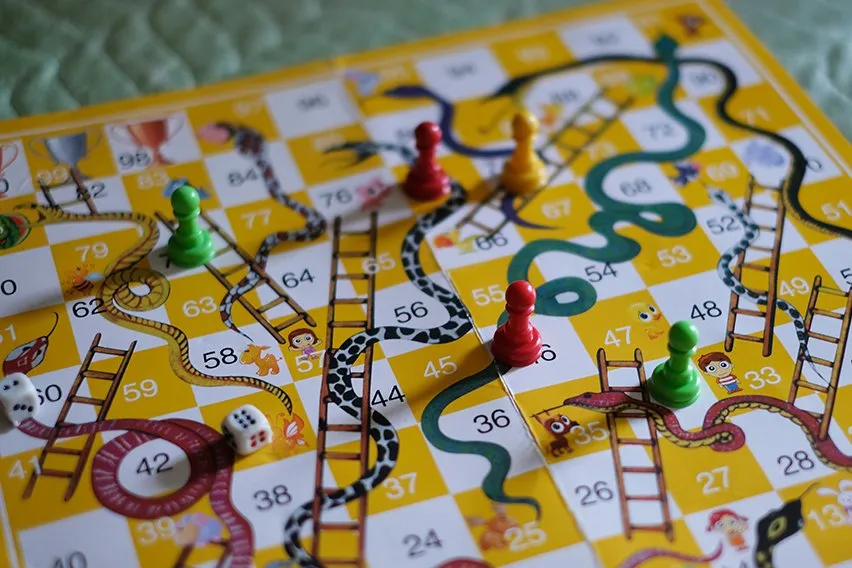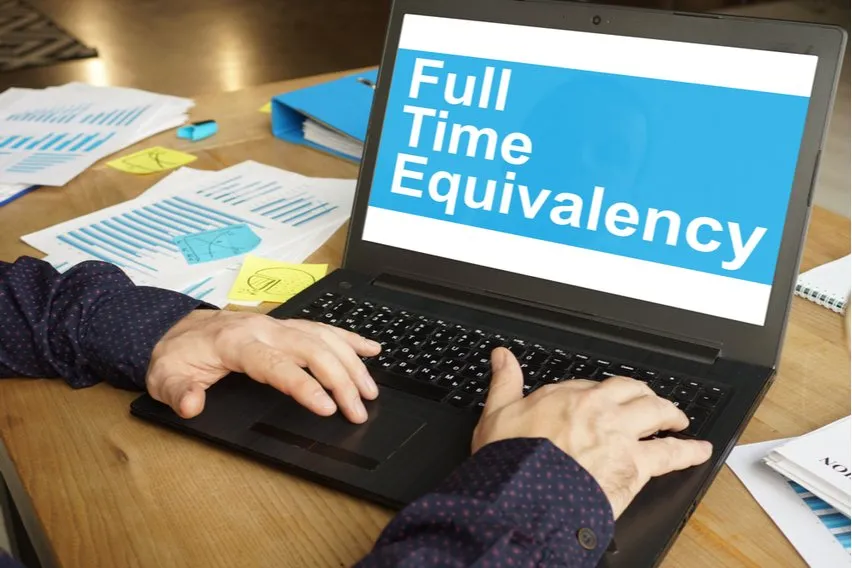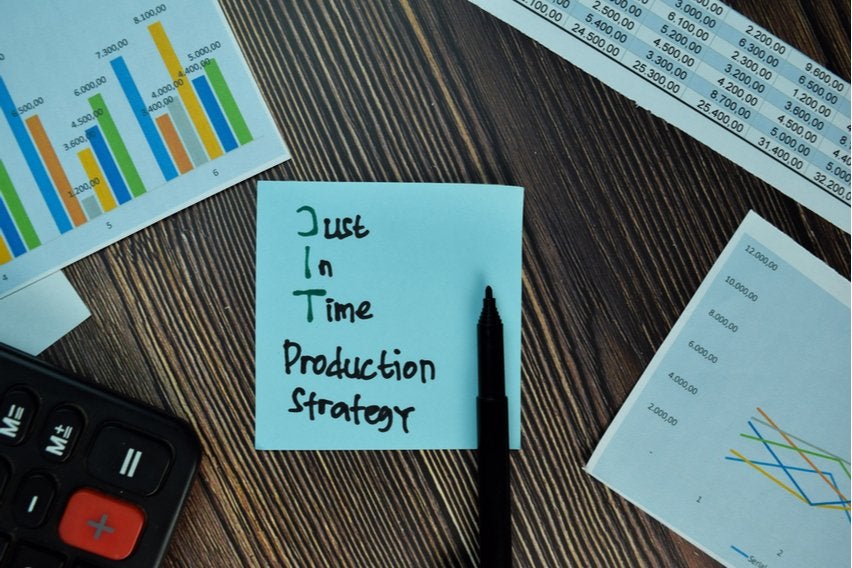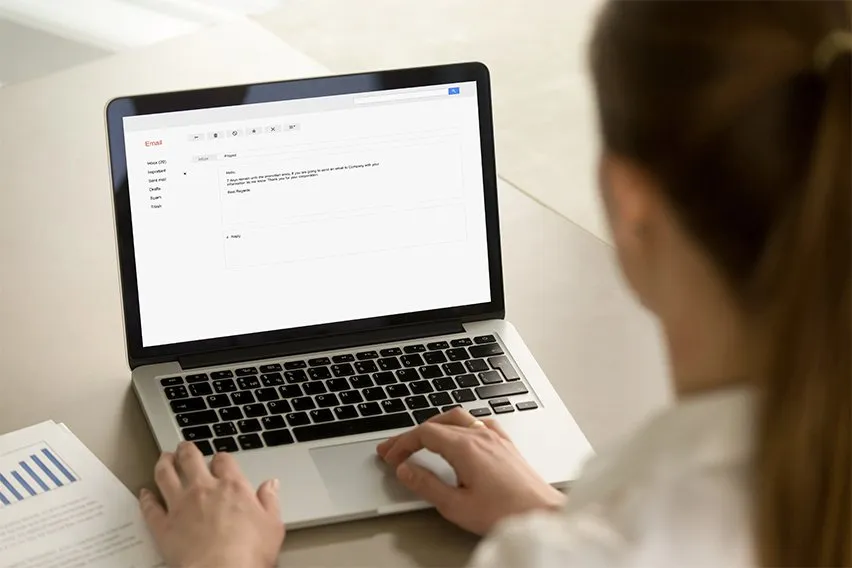What Is the Ladder of Inference?

Sometimes you can jump to the wrong conclusion. Using the Ladder of Inference can help avoid those awkward situations.
Everything always makes sense in your own head. But sometimes that understanding can be misinterpreted depending on the situation. Have you ever jumped to the wrong conclusion without knowing or understanding all of the facts? It’s a natural process.
Today’s world is constantly moving and always changing, and you can find yourself under pressure to make a decision or act on something. This can not only lead to coming to the wrong conclusion, but it can create conflict. It’s a vicious circle.
The Ladder of Inference is a tool to better understand making effective decisions. Sometimes our thinking is so automatic that we don’t realize we’re doing it. By understanding the decision-making process you can make your decisions based on fact.
Here’s What We’ll Cover:
What Is the Ladder of Inference?
How Does It Impact Our Decision-Making?
Tips to Use the Ladder of Inference Effectively
What Is the Ladder of Inference?
The process when thinking through decisions is different for everyone. Your own conclusions always seem right to you, but others might have a different view.
Have you ever asked yourself if you came to the right conclusion or why you’re making certain assumptions? Have you ever wondered why someone believes something else? If so, using the Ladder of Inference can be helpful when it comes to your decision-making process.
Picture a ladder and the rungs that are on it. Each of those rungs represents a different stage on the Ladder of Inference. They describe our thinking processes when we come to a decision or take an action.
This is how the Ladder of Inference works, starting from the bottom and moving to the top through a 7-step process.

- The bottom rung is reality and experiences. These are your observations of the world.
- The next rung is how you filter and make determinations on reality. Your mind is always filtering out information that it doesn’t feel is relevant. It does this based on the experiences you have had and the beliefs you hold.
- Next is how you interpret those meanings. A lot of the time you interpret the information you see or the data that’s available in a way that’s similar to step 2.
- The middle of the ladder is where you generate assumptions. People can often come to an assumption without even considering what it is. You develop more sound judgments based on your own interpretations of a situation.
- When you get to the 5th rung, you make conclusions. Those conclusions are again based on your own interpretations and assumptions. Drawing a conclusion can also lead to an emotional reaction.
- Your beliefs. The conclusions that you make are subconsciously based on your beliefs. Depending on the context or situation, you then assert your beliefs or adjust as needed.
- The final rung is the actions that you take. The actions that you take can change the entire situation. Since your actions are rooted in your beliefs, they can create a brand new set of circumstances.
Once you reach the top rung of the ladder and take action, the cycle begins again from the first rung.
How Does It Impact Our Decision-Making?
The Ladder of Inference is a methodical way of filtering and applying your experiences to make decisions or come to conclusions. But not everyone sees the world the same way that you do. And this can have consequences.
Some people are so set in their ways that they don’t recognize that others may view the world through a different lens. When you assume that others interpret everything the same way you do, you can jump past different steps on the ladder.
Enter the classic “jumping to conclusions” analogy.
By jumping past steps, you draw conclusions based on nothing other than your own interpretation. While it might seem obvious to you, other people can come to different conclusions. It’s common to ignore the need to explain how you got to a decision or even invent reasons why others are wrong.
Disagreements are a healthy part of life, but knowing when to recognize that you’re wrong is a skill that some ignore or refuse to acknowledge. Jumping to conclusions that aren’t based on fact, and not recognizing it, makes it difficult to resolve any differences.
By following the Ladder of Inference you can better understand how you come to the decisions that you do.

Tips to Use the Ladder of Inference Effectively
- Recognize that the conclusions you come to are because of your own experiences and beliefs and they’re not distinct facts
- Understand your process for reasoning and accept that there could be errors or gaps that you can’t observe
- When you come to a conclusion, use data that shows how you got there
- Repeat the information that others share out loud to make sure that you are understanding their point correctly
- Further explain your thinking and the data you used to get there when coming to a conclusion
- Get feedback from others to see if there is anything that you’re missing
- Understand that other people are going to come to different conclusions based on their own Ladder of Inference, similar to you
Key Takeaways
You might be tempted to jump rungs on the ladder to quickly reach a conclusion, but it’s important to recognize when your decisions aren’t based on fact. Everyone has gone through different experiences in their lives which have led to a certain set of beliefs.
Those experiences and beliefs make up who they are at their core. Just as your experiences and beliefs have shaped who you have become. Disagreements and conflict can happen when you make assumptions that aren’t based on fact.
Use the Ladder of Inference to help come to better decisions and be respectful in the actions you take.
Want more helpful advice and insights? Check out our resource guide.
RELATED ARTICLES


 What Is FTE? How to Calculate Full-Time Equivalent
What Is FTE? How to Calculate Full-Time Equivalent JIT: What Is Just in Time Inventory Management System?
JIT: What Is Just in Time Inventory Management System? 4 Best Barcode Generator Software in 2025
4 Best Barcode Generator Software in 2025 Time and a Half: What It Is & How to Calculate It?
Time and a Half: What It Is & How to Calculate It? 6 Email Etiquette Tips Every Professional Should Know
6 Email Etiquette Tips Every Professional Should Know What Is a CSV File? Learn How to Open, Edit & Create a CSV File
What Is a CSV File? Learn How to Open, Edit & Create a CSV File